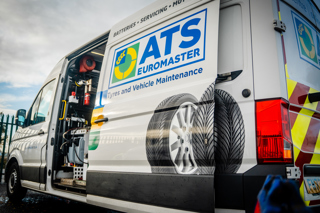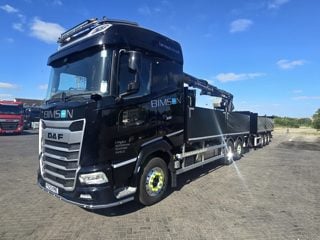Changing tyre sizes
Larger rim sizes have become increasingly popular in the UK over the past 10 to 15 years.
Jamie McWhir, technical manager for car, van and 4x4 at Michelin, says: “Market data shows that the number of 14-inch and 15-inch sizes are declining, 16-inch is flat, and anywhere between 17- and 21-inch is on the way up.
“The average Ford Focus or Volkswagen Golf is fitted with 16- or 17-inch wheels, with some Insignias arriving on 20-inch wheels.
“It is mainly for aesthetic reasons, and it is particular to the UK. If you look at the Ford Mondeo or Volkswagen Passat in France, Italy or Spain the wheels don’t tend to be as big as in the UK.”
Drivers are causing the trend in the UK. McWhir says: “They want grip for safety and mileage for economy, but their focus is mainly on how the wheels look.
“Fleet managers, on the other hand, are looking for economy. Whether they are on a pence per vehicle or maintenance contract, they’ll be looking at total life cost.”
Car manufacturers are less focused on mileage. They prioritise low rolling resistance to help lower their carbon emissions to ensure low road tax which will help sell more cars, according to McWhir.
This means that tyre manufacturers have to do a balancing act to develop tyres with three very different perspectives in mind.
“What we have to consider is that when you go for a bigger size it has an effect on comfort, tyre wear, rolling resistance and fuel efficiency,” says McWhir.
“As with anything, you struggle to please all of the people all of the time. We believe in creating something that balances the different priorities and offers total performance.”
That need for balance is leading to the new generation of eco tyres, which are tall and narrow.
Tall and narrow tyres provide the look of a large diameter wheel from the side yet the reduced width lowers rolling resistance to give improved emissions and economy.
The market for these tyres is already being driven by electric vehicles. The BMW i3 is on 155/70 R19 tyres and the i8 is on 195/50 R20 at the front and 215/45 R20 at the back.
McWhir says: “For those vehicles, those sizes give an extended range by reducing the rolling resistance – if you have got less rubber you will improve battery life, and they are being pushed more and more on range and efficiency.
“But in the UK especially, no-one is going to want a BMW with really small wheels, or most other cars for that matter.”
Quieter tyres
Reduced noise from tyres is a major area of development at present and the results can be seen in tyres such as Continental’s Contisilent.
Originally developed to help cut cabin noise in the Audi RS6 due to its wide, low profile tyres, this technology works by attaching a foam strip to the tyre’s inner surface circumference.
It acts as a damper to reduce vibrations that transmit noise through the car’s suspension and body and into the cabin.
Peter Robb, of Continental, says: “We’ll see more of this technology in the future as noise regulations become stricter.”



















Login to comment
Comments
No comments have been made yet.